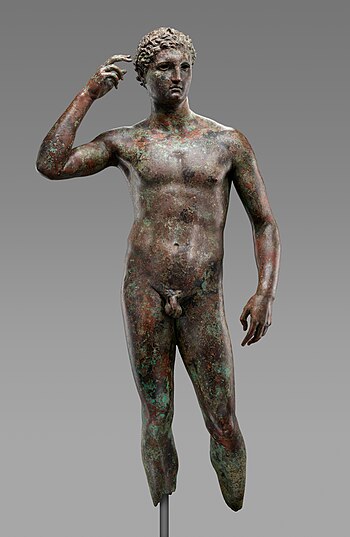Welcome to my userpage. I became a Wikipedian on 22 August 2006; However, I have been contributing to Wikipedia since 18 February, 2006. Recently, I have begun "punching up" stubs in Wikiproject Chemicals.
Featured Article
editT2 was a torpedo boat of the Royal Yugoslav Navy. Originally a 250t-class torpedo boat of the Austro-Hungarian Navy, commissioned on 11 August 1914 as 77T, she saw active service during World War I, performing convoy, patrol, escort, minesweeping and minelaying tasks, anti-submarine operations, and shore bombardment missions. Present in the Bocche di Cattaro during the short-lived mutiny by Austro-Hungarian sailors in early February 1918, members of her crew raised the red flag but took no other mutinous actions. The boat was part of the escort force for the Austro-Hungarian dreadnought Szent István when that ship was sunk by Italian torpedo boats in June 1918. Following Austria-Hungary's defeat in 1918, the boat was allocated to the Navy of the Kingdom of Serbs, Croats and Slovenes, which became the Royal Yugoslav Navy in 1921, and was renamed T2. During the interwar period, Yugoslav naval activity was limited by reduced budgets. Worn out after twenty-five years of service, T2 was scrapped in 1939. (This article is part of a featured topic: Ships of the Royal Yugoslav Navy.)
In the News
edit

- Voepass Linhas Aéreas Flight 2283 (aircraft pictured) crashes in the Brazilian state of São Paulo, killing all 62 people on board.
- Sheikh Hasina resigns as the prime minister of Bangladesh following anti-government protests, and Muhammad Yunus is appointed leader of an interim government.
- Following a mass stabbing in Southport, far-right protesters riot in England and Northern Ireland.
- The United States, Russia, and their respective allies agree to a prisoner exchange of 26 people.
Selected anniversaries
editAugust 11: Independence Day in Chad (1960)
- 1309 – Reconquista: Aragonese forces led by King James II landed on the coast of Almería, beginning an ultimately unsuccessful siege of the city, then held by the Emirate of Granada.
- 1786 – Francis Light founded George Town (city hall pictured), the first British settlement in Southeast Asia and the present-day capital of the Malaysian state of Penang.
- 1979 – Two Aeroflot passenger jets collided in mid-air near Dniprodzerzhynsk in the Ukrainian SSR, killing all 178 people on both aircraft.
- 1999 – Ken Levine's System Shock 2 was released to mediocre sales, but later received critical acclaim and influenced subsequent first-person shooter game design.
- 2012 – At least 306 people were killed and 3,000 others injured in a pair of earthquakes near Tabriz, Iran.
- John Hunyadi (d. 1456)
- William W. Chapman (b. 1808)
- Kaname Harada (b. 1916)
- Clare Nott (b. 1986)
Gallery
edit
Wikipedia vandalism information
(abuse log)

Low to moderate level of vandalism
[view • purge • update]
3.28 RPM according to EnterpriseyBot 12:10, 11 August 2024 (UTC)
Sub pages
editQuotes
edit- “The saddest aspect of life right now is that science gathers knowledge faster than society gathers wisdom.” — Isaac Asimov
- “When I read about the way in which library funds are being cut and cut, I can only think that American society has found one more way to destroy itself.” — Isaac Asimov
- “John Dalton's records, carefully preserved for a century, were destroyed during the World War II bombing of Manchester. It is not only the living who are killed in war.” — Isaac Asimov
- “Courage is not the lack of fear. It is acting in spite of it.” — Mark Twain
- “The more you know, the more you realise that you know nothing.” — Socrates
- “The important thing is not to stop questioning.” — Albert Einstein
- “We must respect other religions even as we respect our own. Mere tolerance thereof is not enough.” — Gandhi
- “The wisest mind has something yet to learn.” — George Santayana



